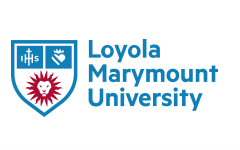Date of Completion
5-16-2025
Degree Type
Honors Thesis - Campus Access
Discipline
Marketing (MRKT)
First Advisor
Dr. Saint Clair
Abstract
Despite making up 14% of American adults and a $21B market potential, people with disabilities are only featured in 1% of marketing and advertising communications. (Elfein, 2024; Visibility of disability, 2021). For these reasons, this study showed three types of ads that include individuals with disabilities to individuals with and without physical disabilities to see how they may affect brand perception and willingness to purchase. The three advertisements shown were 1) features an individual with a disability interacting with a product specifically designed for them, 2) features an individual with a disability interacting with a product designed for all where the individual’s disability is not mentioned, and 3) features an individual with a disability interacting with a product designed for all where the individuals’ disability is mentioned. This study found that all participants from both focus groups were found to prefer the ad that does not focus on the actor’s disability, meaning including individuals with disabilities in general advertising efforts may lead to substantial company profits. It was also found that some individuals in both focus groups were more likely to purchase from the brands advertised than an unknown brand due to their inclusion/portrayal of individuals with disabilities. However, if a product is advertised for individuals with disabilities, both focus groups called for the ad to show how the product specifically benefits the individual(s) highlighted. Regardless, subsequent increased advertising that features individuals with disabilities may lead individuals to have more positive and accurate connotations of individuals with disabilities.
Recommended Citation
Misiewicz, Carly and Saint Clair, Julian, "Increasing the 1%: Investigating the Most Appropriate and Profitable Form of Disability Representation in Advertising" (2025). Honors Thesis. 579.
https://digitalcommons.lmu.edu/honors-thesis/579




